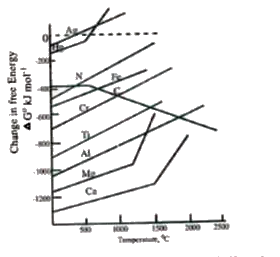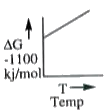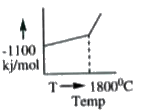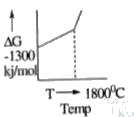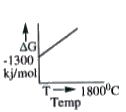A
B
C
D
Text Solution
Verified by Experts
The correct Answer is:
|
Topper's Solved these Questions
METALLURGY
AAKASH SERIES|Exercise LEVEL-II (LECTRURE SHEET) (EXERCISE-II) (PASSAGE-III)|4 VideosView PlaylistMETALLURGY
AAKASH SERIES|Exercise LEVEL-II (LECTRURE SHEET) (EXERCISE-II) (PASSAGE-IV)|4 VideosView PlaylistMETALLURGY
AAKASH SERIES|Exercise LEVEL-II (LECTRURE SHEET) (EXERCISE-II) (PASSAGE-I)|5 VideosView PlaylistIONIC EQUILLIBRIUM
AAKASH SERIES|Exercise ADDITIONAL PRACTICE EXERCISE (PRACTICE SHEET ( ADVANCED))|11 VideosView PlaylistNITROGEN CONTAINING COMPOUNDS
AAKASH SERIES|Exercise Conversions|18 VideosView Playlist
Similar Questions
Explore conceptually related problems
Knowledge Check
A
B
C
D
Submit
A
B
C
D
Submit
A
B
C
D
Submit
Similar Questions
Explore conceptually related problems
AAKASH SERIES-METALLURGY-LEVEL-II (LECTRURE SHEET) (EXERCISE-II) (PASSAGE-II)
- For a spontaneous reaction, the free energy change must be negative. D...
02:22
|
Playing Now - For a spontaneous reaction, the free energy change must be negative. D...
03:07
|
Play - For a spontaneous reaction, the free energy change must be negative. D...
03:48
|
Play - For a spontaneous reaction, the free energy change must be negative. D...
03:50
|
Play
